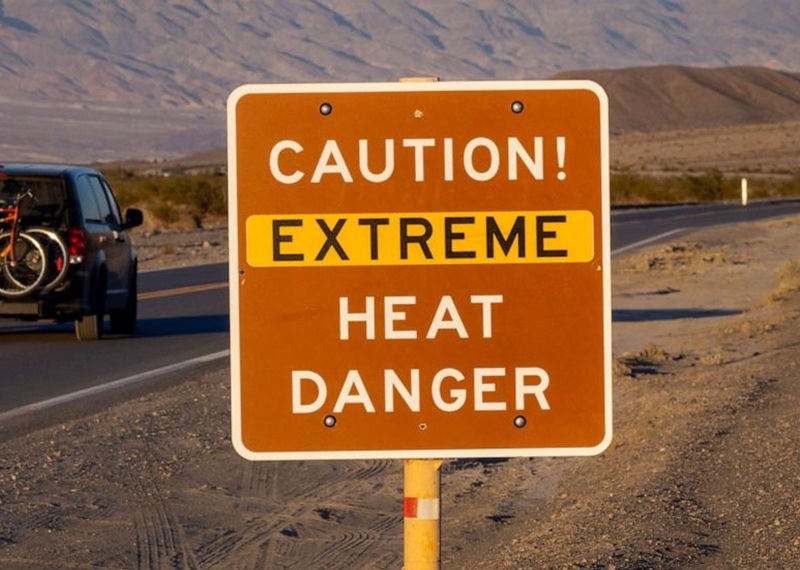
A massive heat dome is expanding across the central and eastern United States this week, placing over 97 million people under life-threatening heat alerts from the South to the East Coast, according to the FOX Forecast Center.
The dome of high pressure, acting like a lid on the atmosphere, is trapping heat and moisture, leading to dangerously high temperatures and humidity levels across multiple regions. By the end of the week, nearly 200 million Americans will be affected, with widespread highs climbing into the upper 90s and heat index values soaring well above 100 degrees Fahrenheit.
Major cities including St. Louis, Kansas City, and Oklahoma City are already facing sweltering conditions, with some areas expected to feel as hot as 110 to 115 degrees due to oppressive humidity.
“High humidity significantly reduces the body’s ability to cool through sweating, making it feel far hotter than the actual air temperature,” meteorologists explained.
Read Also: Extreme heat warning issued for Lawrence, Douglas County as storms loom
Though largely dry conditions are expected under the heat dome, areas like Texas—which recently dealt with severe flooding—will continue to dry out. Meanwhile, the heat is expected to intensify and expand. By Thursday, the Great Lakes region will experience heat indices in the mid- to upper 90s, and by Friday, the most intense heat will shift toward the Northeast corridor.
Cities including Washington, D.C., New York City, and Boston are forecast to see highs in the 90s, but with elevated dew points, the “feels-like” temperature could exceed 100 degrees. Some cities may even flirt with record-breaking temperatures, with Newark, New Jersey potentially reaching the upper 90s.
Heat advisories have been issued across parts of Connecticut, Rhode Island, and Massachusetts—including Boston—from Thursday into Friday.
Although slightly cooler conditions are expected in New York and Boston over the weekend, with highs dipping into the 80s, the mid-Atlantic will remain firmly in the grip of extreme heat. Cities such as Richmond and D.C. will continue to face heat index readings in the low 100s, with the added risk of isolated afternoon thunderstorms.
This summer has already proven historic, with over two dozen U.S. cities experiencing one of their five hottest summers on record. Average temperatures are currently running 1 to 3 degrees above normal in many regions. Long-range forecasts suggest that much of the East and Northeast will remain warmer than average for the rest of the season.








